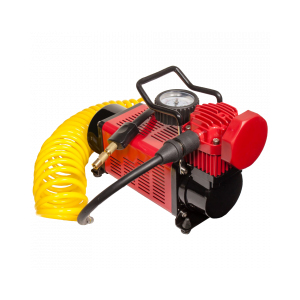Guidelines for Choosing the Right Oil Seal for Your Application
Understanding Oil Seal Selection A Comprehensive Guide
Oil seals play a crucial role in various mechanical systems, ensuring functionality and longevity by preventing leakage of lubricants and contaminants. Selecting the right oil seal is paramount for optimal performance and reliability in applications ranging from automotive engines to industrial machinery. This article delves into the key factors that influence the selection of oil seals and offers insights into making informed choices.
Types of Oil Seals
Before diving into the selection criteria, it is essential to understand the different types of oil seals available. The most common types include
1. Lip Seals These are the most widely used oil seals, featuring a flexible lip that makes contact with the shaft. They are designed to provide a reliable barrier against leakage and contamination. 2. Radial Seals These seals are designed to operate under radial loads and are commonly used in rotating applications.
3. Axial Seals Primarily used in static applications, axial seals provide sealing along the axis of a shaft or housing.
Factors Influencing Oil Seal Selection
When selecting an oil seal, several critical factors must be considered to ensure the seal is suitable for the intended application
oil seal selection

1. Material Compatibility The material of the oil seal is vital for its performance. Common materials include rubber, silicone, and thermoplastic elastomers. The choice of material should be based on factors like temperature range, chemical resistance, and mechanical properties. For instance, Viton seals are ideal for high-temperature and chemical-resistant applications, while Nitrile (Buna N) seals are widely used for general-purpose applications involving petroleum-based oils.
2. Operating Conditions Consider the operational environment, including temperature extremes, pressure levels, and the type of lubricant used. Some seals are specifically designed to withstand high pressures or extreme temperatures, so it's essential to match the seal to its operating conditions.
3. Shaft Diameter and Tolerance Accurate measurement of the shaft diameter and any potential fluctuations is crucial. This includes understanding the shaft tolerance and any surface finish requirements. The seal must fit snugly around the shaft to prevent leaks while allowing for rotational movement.
4. Speed of Operation The speed at which the shaft operates is another significant factor. High-speed applications may require special seals that can handle increased friction and heat generation. Generally, lip seals with a lower profile and specific lip geometry can perform better in high-speed conditions.
5. Installation and Maintenance Ease of installation can significantly affect the long-term success of the seal. Choose seals that can be installed with minimal difficulty and consider maintenance requirements, as some designs may allow for easier replacement or inspection.
6. Cost and Availability Finally, cost considerations and the availability of seals in the local market can influence the selection process. While it may be tempting to choose the cheapest option, it’s essential to balance cost against performance and longevity to avoid potential failures and the associated costs.
Conclusion
Effective oil seal selection is a multifaceted process that incorporates an understanding of materials, operational conditions, and mechanical parameters. By considering these factors, engineers and maintenance professionals can make informed decisions that enhance the reliability and efficiency of mechanical systems. Taking the time to properly select an oil seal ultimately leads to improved performance, reduced maintenance costs, and extended service life of machinery, shaping the foundation for durability and success in various industrial applications.
-
Understanding Automotive Oil Seals: Essential Components for Engine and Shaft Protection
News Jul.30,2025
-
The Importance of Heavy Duty Seals in Industrial and Residential Applications
News Jul.30,2025
-
Exploring Industrial Oil Seals: From Felt Oil Seals to TTO and CFW Solutions
News Jul.30,2025
-
Essential Guide to Oil Seals: From Radial to Metal-Cased Seals for Industrial Reliability
News Jul.30,2025
-
Choosing the Right Oil Seals and Gaskets for Industrial and Automotive Applications
News Jul.30,2025
-
Cassette Seals: Durable Sealing Solutions for Harsh Environments
News Jul.30,2025
-
Understanding the Front Main Engine Seal: Purpose, Maintenance, and Installation
News Jul.29,2025
Products categories















